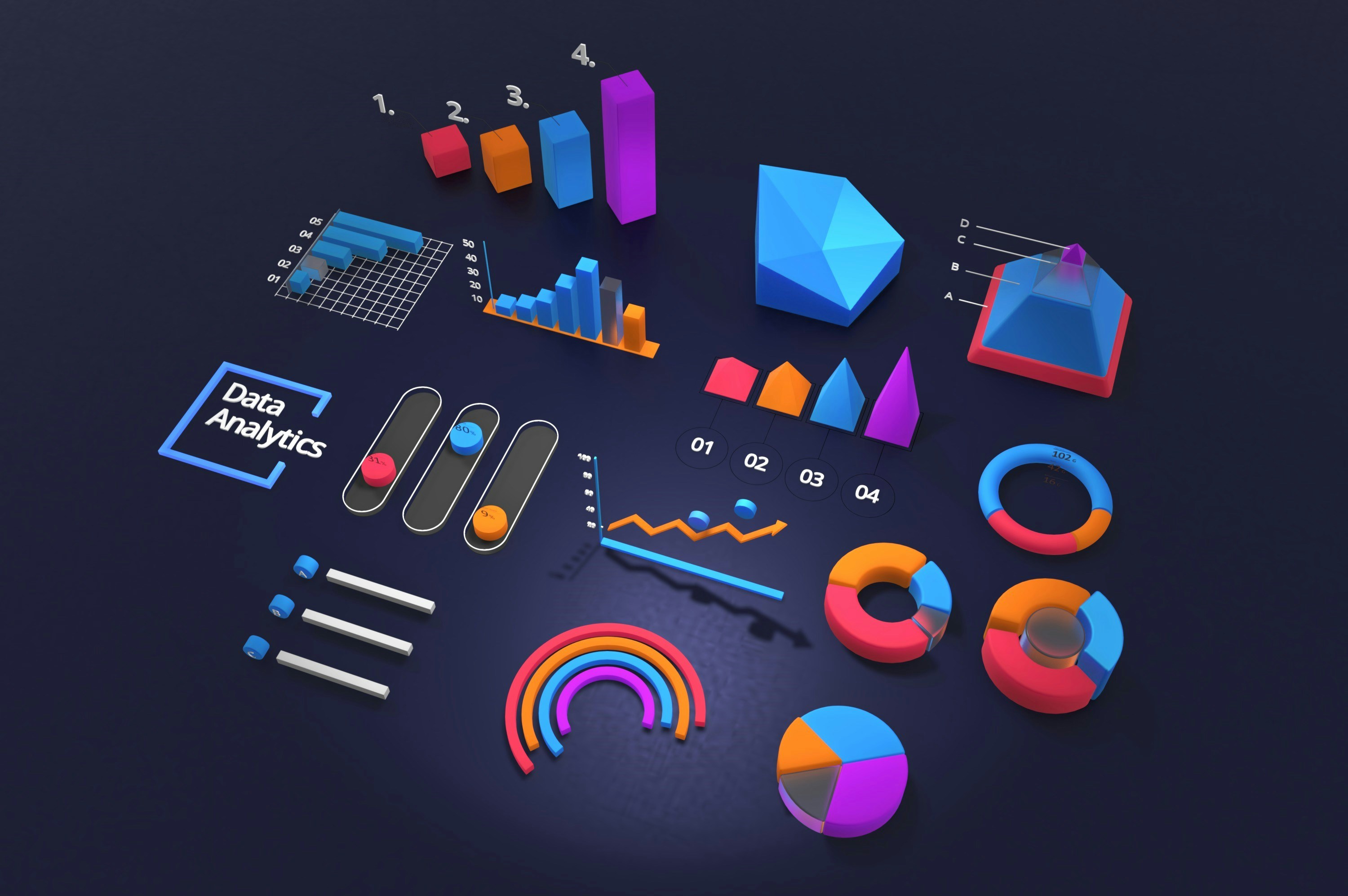8 Customer Success Metrics and KPIs To Track

Measuring customer success is an effective way to figure out how well your customers understand the full value of your specific product or service such as a paper writing service. In the end, it doesn’t make a difference what kind of product you promote – it should draw the attention of the target audience.
Are they using every facet of your product or service possible, and are they satisfied with how it works? Are they underutilizing key areas of your product or service? Or perhaps unaware of a certain functionality? Or are they just flat out unhappy with the results they’ve seen?
These crucial insights can provide you invaluable information about how satisfied and successful your customers are with your product or service, which can guide your roadmap going forward, helping to prevent future churn.
But we know hat you’re thinking: There are countless ways to measure and track customer success — how are you supposed to know which is best for you and your brand?
Read on for 8 customer success metrics and KPIs that you should track.
What Are Customer Success KPIs and Why Do They Matter?
First things first, what exactly are customer success KPIs, anyway?
Good analytics software will provide you with plenty of important data to help you make informed decisions about how to market your product and who to market it to.
The key to making the best use of analytics software is to have a good understanding of which data points can best help you with each business goal. The customer success KPIs and metrics listed below will help to give you information about your product throughout the customer lifecycle. By focusing on these metrics, you will have happier customers that stick around longer.
#1: Net Promoter Score (NPS)
Arguably one of the easiest and most straightforward ways to measure your customer satisfaction is by collecting Net Promoter Score, or NPS.
NPS asks your customers to rate on a scale from 1 to 10 how likely they are to recommend your specific product or service to a friend. Typically, those who rated 1 to 6 are considered “Detractors,” those who rated 7 to 8 are considered “Neutrals,” and those who give the best ratings, 9 to 10, are considered “Promoters.”
NPS = % Promoters – % Detractors
For example, if you have 72% “Promoters” and 14% “Detractors,” then you have an NPS score of 58.
NPS can be extremely helpful in measuring your customer success because it helps to provide an insight into how happy your customers are and how much value they are deriving from your product or service. The drawback, however, is that without context NPS is only a numerical value, and you don’t always fully understand why a customer would give you a low NPS rating.
#2: Churn Rate
Customer churn is the percentage of your customers that leave your service over a given time period.
For example, if you have 500 customers at the start of the month and end up losing 5 of them, you have a churn rate of 1% for that month. This might be good, this might be bad — it just depends on what the average churn rate is for your specific industry.
When calculating churn rate, don’t count new customers that you’ve acquired in that time period unless those customers churn within the period. Churn rate is supposed to help you get a feel of what your customer retention rate is. It is not intended to tell you if you are bringing in more business than you are losing.
Also, it’s important to keep in mind that there are two ways to view customer churn rate:
- Customer churn: the number of your customers who have churned in a specific timeframe.
- Gross value churn: the amount of money that has churned in a specific timeframe.
We always recommend looking at both since it’ll better help you figure out how well you’re retaining low-spend vs. high-spend customers. Gross value churn can also let you know if the customers you retain are spending enough money to offset losses from the customers that you’ve lost.
#3: Customer Satisfaction Score
If you’ve ever bought a product or service and were then asked how satisfied you were, you’ve provided a Customer Satisfaction Score, or CSAT.
CSAT is a super easy way to understand a customer’s overall discontent or content with your product.
To calculate CSAT, simply ask your customers to rank your product or service on some kind of numerical scale, and then take the sum of the scores and divide by the number of respondents.
While NPS measures the overall satisfaction of your customers, CSAT typically measures a customer’s satisfaction with a specific feature inside of your product or service.
This metric is most effective when you use it at the exact moment your customer has finished using that specific feature during their journey through your product.
#4: Monthly Recurring Revenue (MRR)
MRR stands for monthly recurring revenue and is a normalized measure of a business’s predictable revenue that it expects to earn every month.
Watching your MRR can provide you with a nice overview of how your product or service is being perceived.
Although different tiers can complicate the equation, generally speaking, keeping this number growing rather than shrinking is a great indicator of your overall customer satisfaction rate. It’s sometimes helpful to use these “big picture” metrics as a simple way of giving you an at-a-glance look at your company’s overall health.
To calculate, multiply your total number of active users by your average revenue per user. This should give you a pretty good idea of how much revenue you’re generating each month.
#5: Renewal Rate
Customer loyalty is the most prized of all customer success goals, and there is arguably no better metric to measure it — particularly for B2B service providers (e.g., a SaaS company) — than renewal rate.
To calculate this metric, divide the number of customers who renew by the number up for renewal in a given time period. Then multiply that number by 100 to get your renewal rate as a percentage.
Having a strong customer renewal rate indicates that customers have had enough success working with your product or service to commit to another contract.
But it’s important to weigh your renewal rate against other factors, such as MRR. Just because a high percentage of your customers are renewing doesn’t necessarily mean they’re spending as much money or even more.
#6: Customer Retention Cost
Customer retention cost (CRC), another crucial metric, will give you an estimate of how cost-effective you are in achieving customer success, and will help you determine where to invest in your customer success programs.
While you may be over-the-moon with excitement to roll out new initiatives, you want to first make sure that you’re spending your funds in a cost-effective way.
By measuring CRC, your business can make smart investment decisions by comparing the potential cost of retaining customers vs. the potential revenue you’ll generate from a new feature or service.
Calculating this important metric is quite the chore. First, you have to add up all expenses tied to your customer success program over a given time period. Next, you’ll need to divide your customer success costs by the total number of customers within that time frame. The goal here is to figure out how much money you are spending on each customer in your attempt to retain them.
Example: $100,000 spent over one year / 200 customers = $500 per customer to retain them.
The best way to think about customer retention cost is as a relative metric. Focus on period-over-period improvements in retention cost. One period’s worth of CRC is just data. Comparing this metric against specific customer success initiatives over time, on the other hand, is actionable information.
The Takeaway
Quality metrics can help you increase customer satisfaction and set yourself apart from your competition, all while reducing customer churn rate so that you can grow your SaaS business faster than ever before.
To keep track of these important metrics, consider using an in-depth product and marketing analytics tool like Kissmetrics. Our powerful analytic solution was founded on the principle that data isn’t just a set of numbers. Each number represents a customer, a user, or a significant action that contributes to your key marketing strategy and the overall growth of your business.
Ready to see for yourself? Request a demo with us today.
Sources:
https://www.entrepreneur.com/article/242603
https://medium.com/ideas-by-crema/what-is-a-saas-business-model-7d1ac53be547


